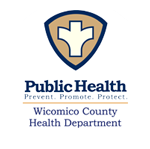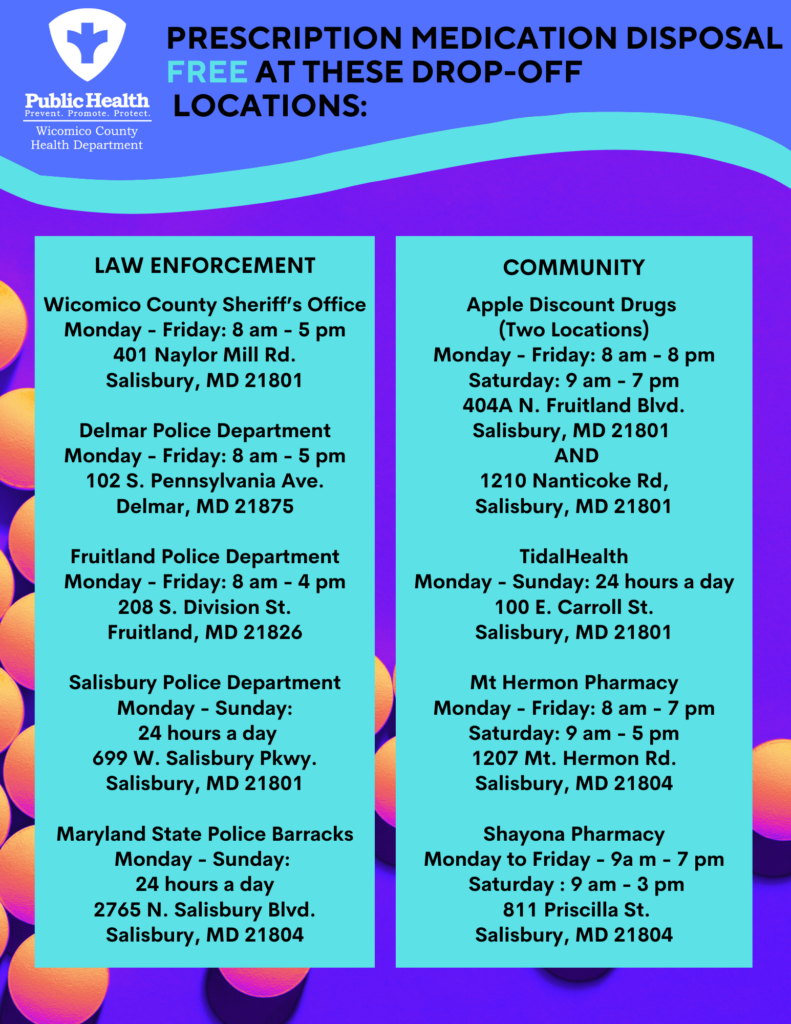Alcohol and Other Drug Use Prevention
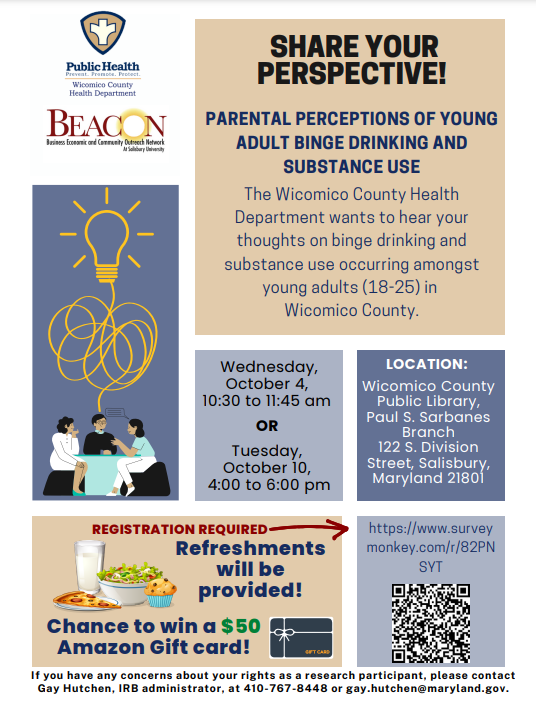
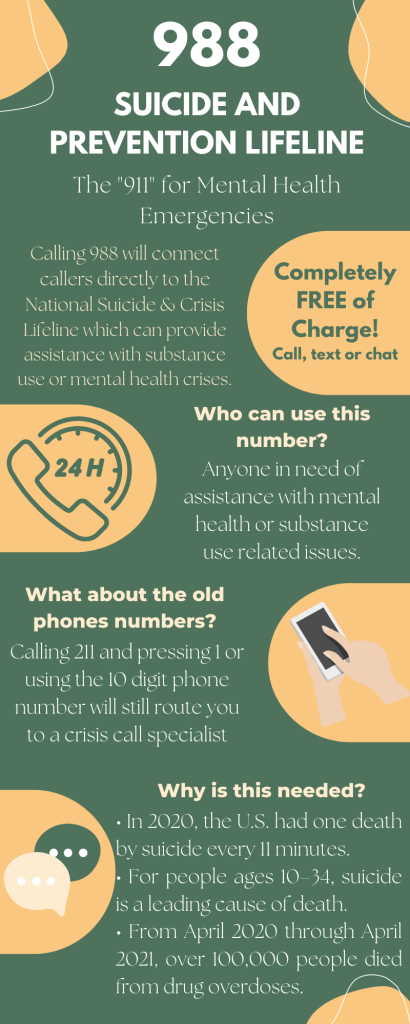
Resources:
Drunk Driving
https://www.nhtsa.gov/risky-driving/drunk-driving
National Drunk and Drugged Driving Prevention Month:
- Binge Drinking- when men consumes 5 or more drinks or women consumes 4 or more drinks in about 2 hours.
https://kidshealth.org/en/teens/binge-drinking.htm
https://www.alcohol.org/teens/binge-drinking-facts/
- Blood Alcohol Levels- The metric used to measure the amount of alcohol in a person’s bloodstream is called blood alcohol concentration, or BAC. A person’s lover can process about one standard drink an hour.
https://www.bloodalcohol.info/myths-and-facts-about-alcohol.php
https://medlineplus.gov/lab-tests/blood-alcohol-level/
https://www.alcohol.org/effects/blood-alcohol-concentration/
https://alcohol.stanford.edu/alcohol-drug-info/buzz-buzz/what-bac
- Alcohol Facts- 90% of Americans with a substance abuse problem started smoking, drinking, or using other drugs before age 18
https://www.niaaa.nih.gov/alcohol-health/overview-alcohol-consumption/alcohol-facts-and-statistics
https://abovetheinfluence.com/drugs/alcohol/
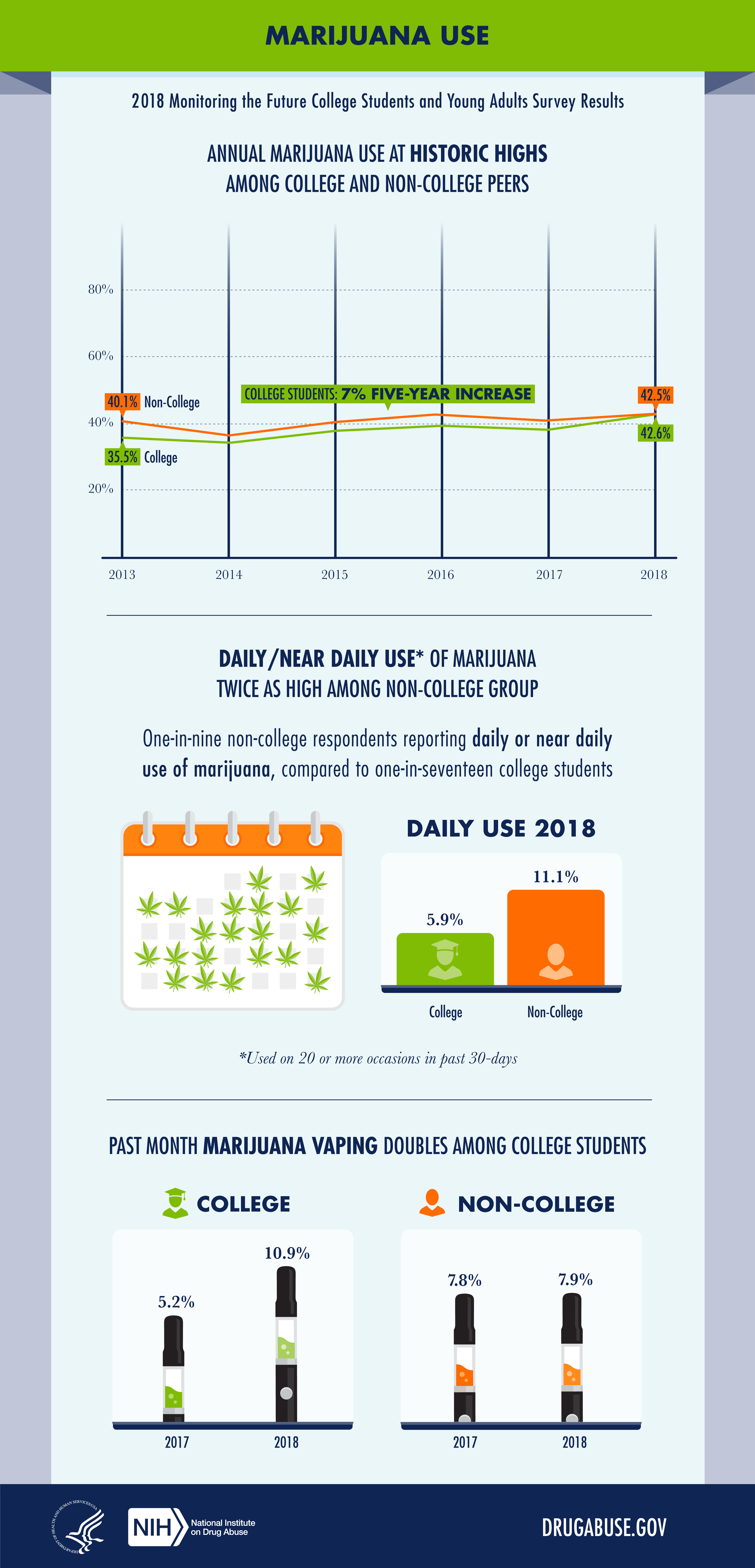
- Marijuana- directly affects the brain- specifically the parts of the brain responsible for memory, learning, attention, decision making, coordination, emotions, and reaction time.
https://www.cdc.gov/marijuana/
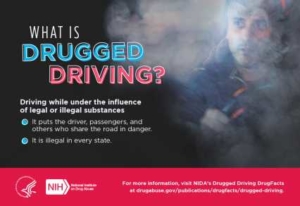
- Ecstasy- a synthetic drug that alters mood and perception (awareness of surrounding objects and conditions)
https://www.drugabuse.gov/publications/drugfacts/mdma-ecstasymolly
https://www.getsmartaboutdrugs.gov/sites/getsmartaboutdrugs.com/files/files/Ecstasy-MDMAR.pdf_
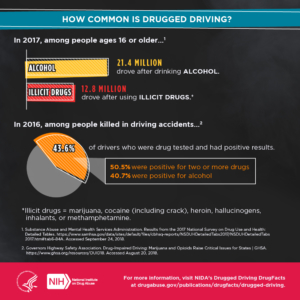
- LSD- (D-lysergic acid diethylamide) is the most common hallucinogen, a group of drugs that alter awareness of perception, thoughts, and feelings.
https://www.drugabuse.gov/publications/drugfacts/hallucinogens
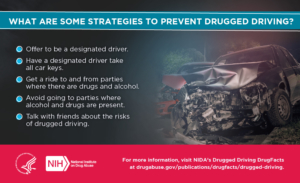
- K2 Spice- Synthetic cannabinoids are human-made mind altering chemicals that are either sprayed on, dried, shredded plant material so they can be smoked or sold as liquids to be vaporized and inhaled in e-cigarettes and other devices
https://www.drugabuse.gov/publications/drugfacts/synthetic-cannabinoids-k2spice
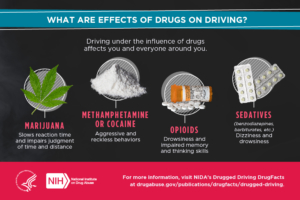
- Methamphetamine- a powerful, highly addictive stimulant that affects the central nervous system
https://www.drugabuse.gov/publications/research-reports/methamphetamine/what-methamphetamine
- PCP- Phencyclidine, A “dissociative” anesthetic.
https://drugfree.org/drug/pcp/
https://www.medicalnewstoday.com/articles/305328.php
- Bath Salts- Synthetic cathinone products
https://drugfree.org/drug/bath-salts
- Prescription Drugs- Opioids are medications that are chemically similar to endorphins- opioids that our body makes naturally to relieve pain.
https://teens.drugabuse.gov/drug-facts/prescription-pain-medications-opioids
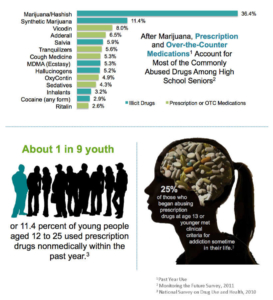
- Talking to your children/youth about drugs- Parents who are educated about the effects of drug use and learn the facts can give their kids correct information and clear up any misconceptions.
https://kidshealth.org/en/parents/talk-about-drugs.html
https://drugfree.org/article/how-to-talk-with-your-teen
